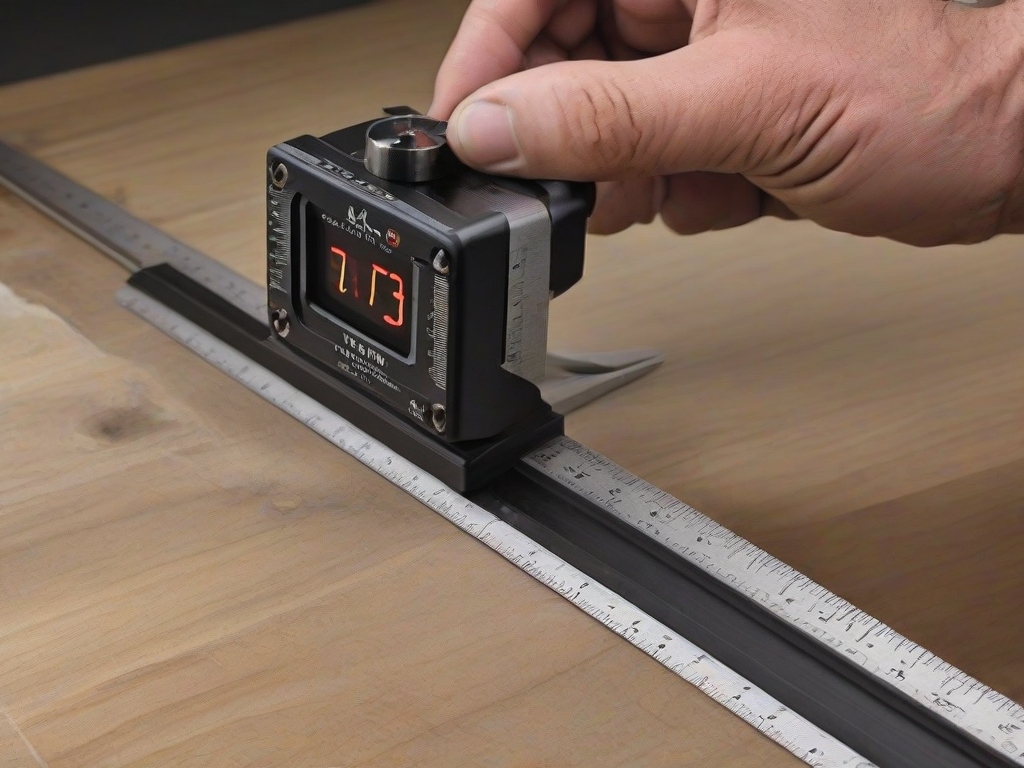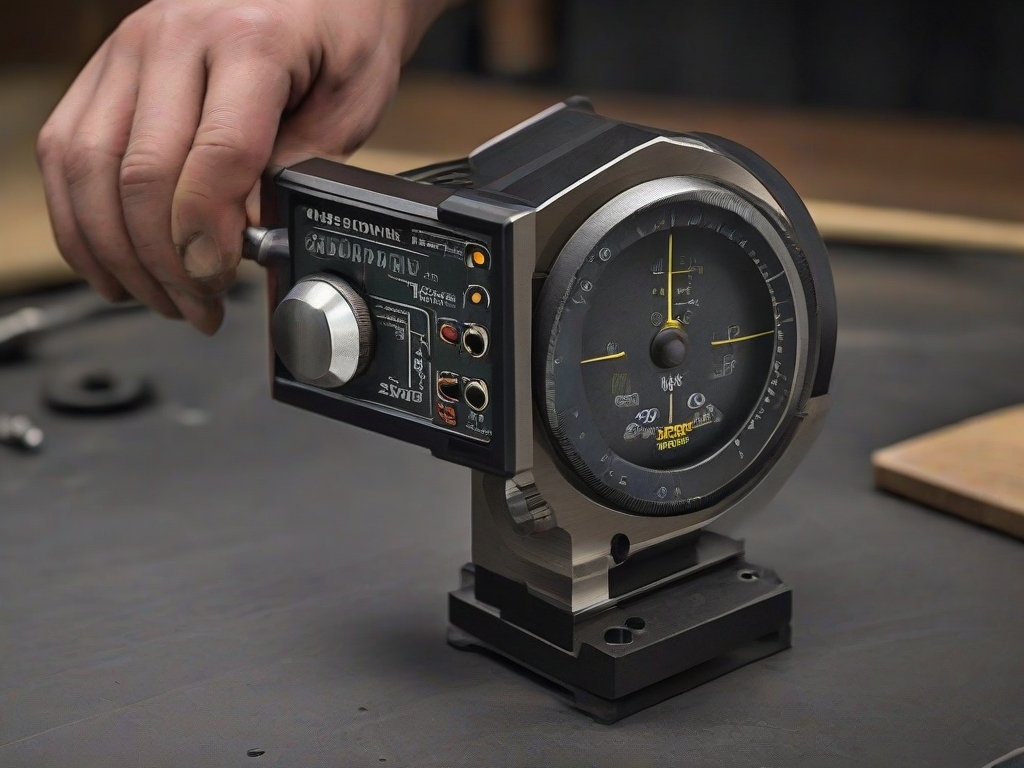Details
Recent Blog
Precision Digital Angle Finder Guide & Tips
2023.12.16 / By admin
If you’ve ever struggled to measure accurate angles on a project, you know how frustrating it can be. Fortunately, precision digital angle finders, also known as digital protractors, can make the task much easier. In this guide, you’ll discover everything you need to know about using this digital angle finder tool to achieve perfect angles every time. You’ll learn how to use this precise angle measurement device, explore advanced features, and choose the right top-rated angle measuring device for your needs. Let’s get started!

Understanding Precision Digital Angle Finders
If you’re looking to enhance your angle measuring capabilities, a digital protractor, commonly known as a precision digital angle finder, is a tool you must explore. To use this advanced angle measuring tool effectively, first, you need to understand what it is and how it works.
At its core, a digital protractor is an electronic instrument that measures angles accurately. It is typically equipped with a digital display that shows the degree, minute, and second values of an angle.
The various types of angle measuring tools available, including precision digital angle finders, offer features such as magnetic bases, interchangeable blades, or lasers. These features make angle measuring versatile and accessible for different industries and applications. Understanding these features is essential in choosing the right digital angle measuring tool for your project.
How to Use a Precision Digital Angle Finder
Now that you have a good understanding of precision digital angle finders, let’s dive into how to use them effectively. To begin, make sure your digital angle measuring device is set to the desired mode for your project.
Calibration
First, calibrate your device. Place it on a flat surface and reset the zero point. Then, confirm the accuracy of the sensor by testing at a couple of different angles. Adjust as necessary to obtain precise readings.
Operating Tips
When taking angle measurements, place your digital angle finder against the surface, securely holding it in place. Be sure to avoid any movement during the measurement to obtain precise angle readings. Remember to take multiple measurements to ensure accuracy and to average the results.
For your convenience, some digital protractors come with backlighting features, making it easier to read the angle values in dimly lit conditions. Others provide hold and reset functions, allowing you to store measurements for later reference.
Always make sure your digital protractor is clean and free from dust or debris, which can affect its accuracy.
By using a precision angle measurement device and following these tips and tricks, you can obtain precise angle readings for your projects with ease.
Advanced Features of Digital Angle Finders

When it comes to precision angle measurements, digital angle finders offer advanced features that can take your projects to the next level. The high-accuracy angle finder is a popular option in the market today, providing accurate readings for even the most complex angles. By exploring the many additional functions available, you can maximize the potential of this precision tool and elevate the quality of your work.
Memory Storage
One of the most valuable features of digital angle finders is the ability to store and recall previous measurements. This function is particularly useful in situations where you need to measure multiple angles or angles across multiple locations. By using this memory storage, you can easily keep track of your measurements and refer back to them when needed, without the need for manual recording.
Angle Locking Mechanisms
Another feature of digital angle finders is the option to lock the angle of the tool. This function allows you to secure the tool in place once you have achieved your desired angle, ensuring it remains in this position while you take your measurements. This is particularly useful when you are working with materials that require a hands-free approach or when you have a difficult angle to measure.
Precision Angle Gauge
If you’re looking for even greater precision in your angle measurements, you might consider a precision angle gauge. This advanced tool offers a higher level of accuracy than a standard digital angle finder, allowing you to take more precise measurements with greater confidence. While the precision angle gauge may come with a higher price tag, the additional accuracy it provides can be invaluable in certain projects.
Choosing the Right Precision Digital Angle Finder
When it comes to choosing the best top-rated angle measuring device for your needs, there are several factors to consider. Accuracy is, of course, a top priority. Look for a precision digital angle finder that offers high accuracy and precision in measurements.
Resolution is another important factor to consider. The higher the resolution of your digital angle measuring device, the more precise your measurements will be.
Durability is also a key factor to look for. You want a tool that is built to last and can withstand the demands of your projects.
Finally, ease of use is essential. Look for a precision digital angle finder that is easy to operate and provides clear and concise readings.
Explore reviews and recommendations from experts and other users to help you make an informed decision. With the right precision digital angle finder, you can take your angle measurements to the next level and achieve perfect angles every time.
Tips for Perfect Angle Measurement
Although having a quality precision digital angle finder is important, achieving perfect angle measurements requires more than just the right tool. In this section, we will provide expert tips and techniques to help you maximize the accuracy of your measurements using your advanced digital angle measuring tool.
1. Account for Common Errors
One common error when measuring angles is not taking into account the height of the protractor itself. To adjust for this, add the protractor height to the angle measurement. Additionally, ensure the protractor is properly aligned and perpendicular to the surface being measured to eliminate any potential errors.
2. Handle Challenging Measuring Situations
When measuring angles in tight spaces or hard-to-reach areas, use a precision angle gauge to avoid interference from surrounding objects. For measuring angles on circular objects, such as pipes or cylinders, use a cylindrical attachment on your digital angle measuring tool. These attachments ensure accurate measurements without any guesswork.
3. Make Precise Adjustments
For precise adjustments, use the locking mechanism on your digital angle measuring tool to hold the angle in place. This feature is particularly useful when transferring angles to other surfaces or when you need to hold the angle steady while making necessary adjustments.
By following these expert tips and techniques, you can improve the accuracy of your angle measurements using your advanced digital angle measuring tool.
Conclusion
Congratulations on completing this comprehensive guide on precision digital angle finders! By now, you should have a good understanding of what digital protractors are, how to use them effectively, and what features to look for when choosing a top-rated angle measuring device.
Remember, achieving perfect angles requires more than just a quality precision angle gauge or advanced digital angle measuring tool. You must also employ expert tips and techniques to maximize the accuracy of your measurements and account for common errors.
With the right knowledge and techniques, however, precision digital angle finders can unlock the secrets of perfect angles and elevate the quality of your work in any project. We hope this guide has been informative and that you feel empowered to measure angles with precision.
